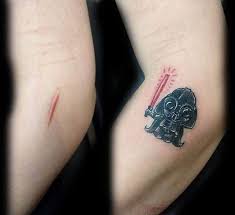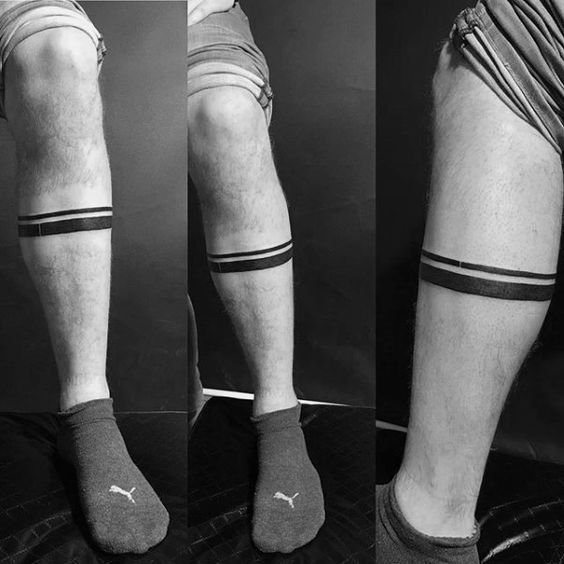
tattoos are a popular form of temporary body art that can be easily applied and removed. Temporary tattoos have gained immense popularity and are created by adhering a decal image onto transfer film-coated paper. This allows the picture to slide onto the skin when moisture is added.
Adhesive
Temporary tattoos made from paper or film coated with adhesive allow one to experiment with different designs before committing to a permanent tattoo. Adhesive tattoo removal products can also cover up unwanted tattoos, but it’s essential to be cautious of harmful adhesives that may cause skin rashes or allergies. Follow the instructions for each material to ensure safe and practical application. Materials such as pen ink, eyeliner, makeup, stencils, paint, glitter, and henna can achieve realistic effects for temporary tattoos. To prevent any skin health risks, it is recommended to use medical-grade or cosmetic-grade body glue, which is easily removable with oil-based lotions.
Ink
Temporary tattoo ink is a safe and non-toxic substance for quick custom designs. It is easy to apply and remove, making it a popular choice. Using permanent markers to create fake tattoos is cost-effective, although the results may only sometimes look realistic.
Paper
Adaptable paper can be used to craft temporary tattoos. It is available at craft stores and online retailers, offering endless design possibilities. The decal-style piece is designed for easy transfer onto the skin – moisten and press it onto your skin! Decal-style tattoos are a realistic and convenient way to add flair to occasions like birthday parties or branding projects. The decals are durable yet easily removable with soap and water, making them suitable for different uses.
Stencil
Stencils are thin paper or film with cut-out designs that can be used to create tattoo designs on various surfaces. They are commonly used in papercraft projects like cardmaking but can also be used to decorate walls, furniture, and fabric. Thermal or hectograph transfer paper is the preferred choice for tattoo artists, allowing them to print images directly on one layer without using additional sheets. Tracing paper can also be used for freehand drafts, which can later be transferred onto thermal or hectograph transfer paper. When using stencils, ensure they are securely attached to the surface with temporary adhesives like masking or painter’s tape to avoid shifting and compromising the quality of the design.

